How Interior Design Affects Our Mental Health
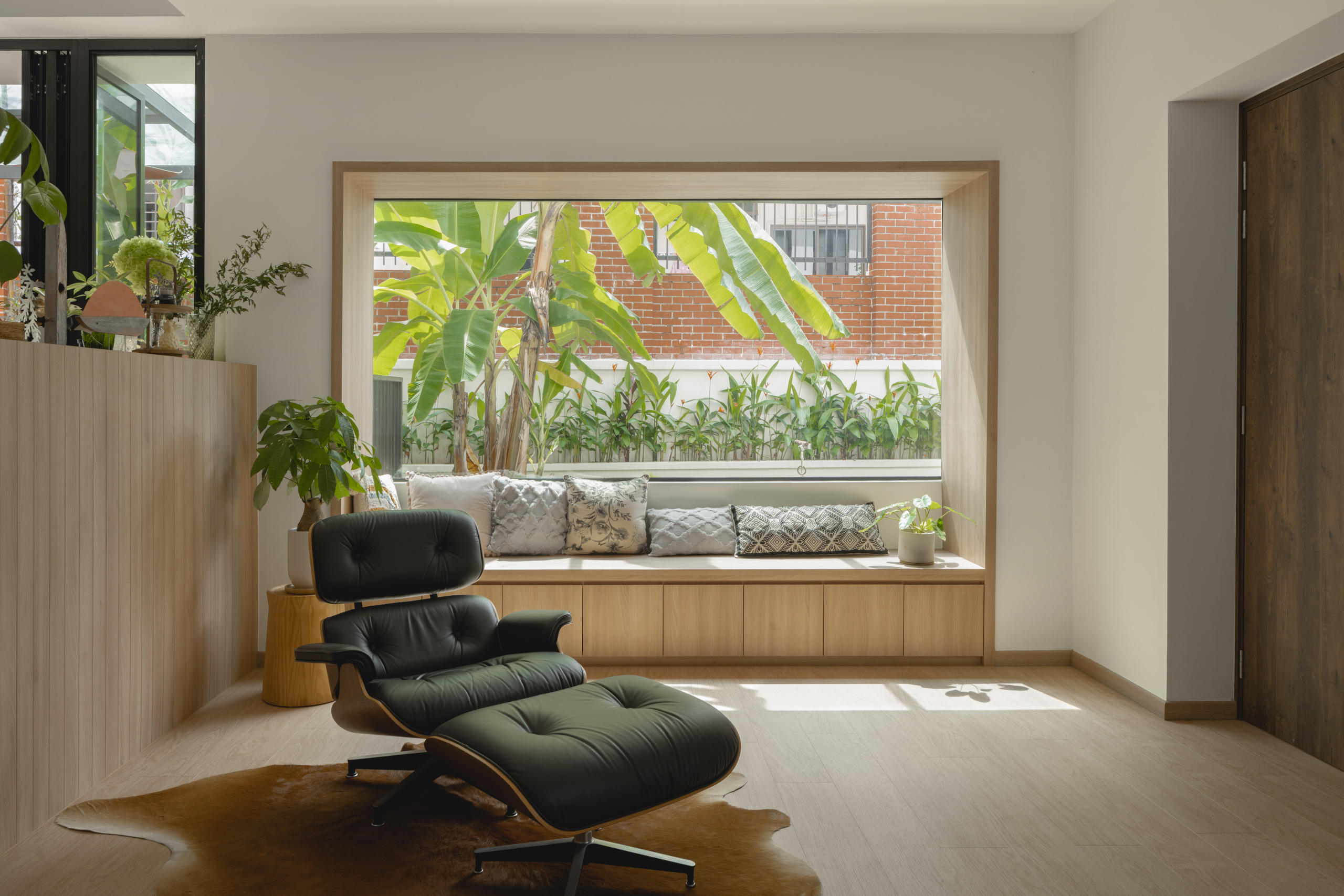
Our mental health has always been a topic that is often talked about. In the current society, many of us seek to improve or heal our emotional, psychological and social well-being through various means – from therapy to improving our daily lives or even getting a tarot reading to get a peace of mind.
Through COVID, how we view our homes have also changed. COVID has also shone a spotlight on how we interact and live in our spaces, and how our spaces affect our mental health. We’ve also seen a huge increase in home renovations during the COVID period. Why is this so, and how does this affect our daily life? Let’s take a look at how home interior affects your mental health.
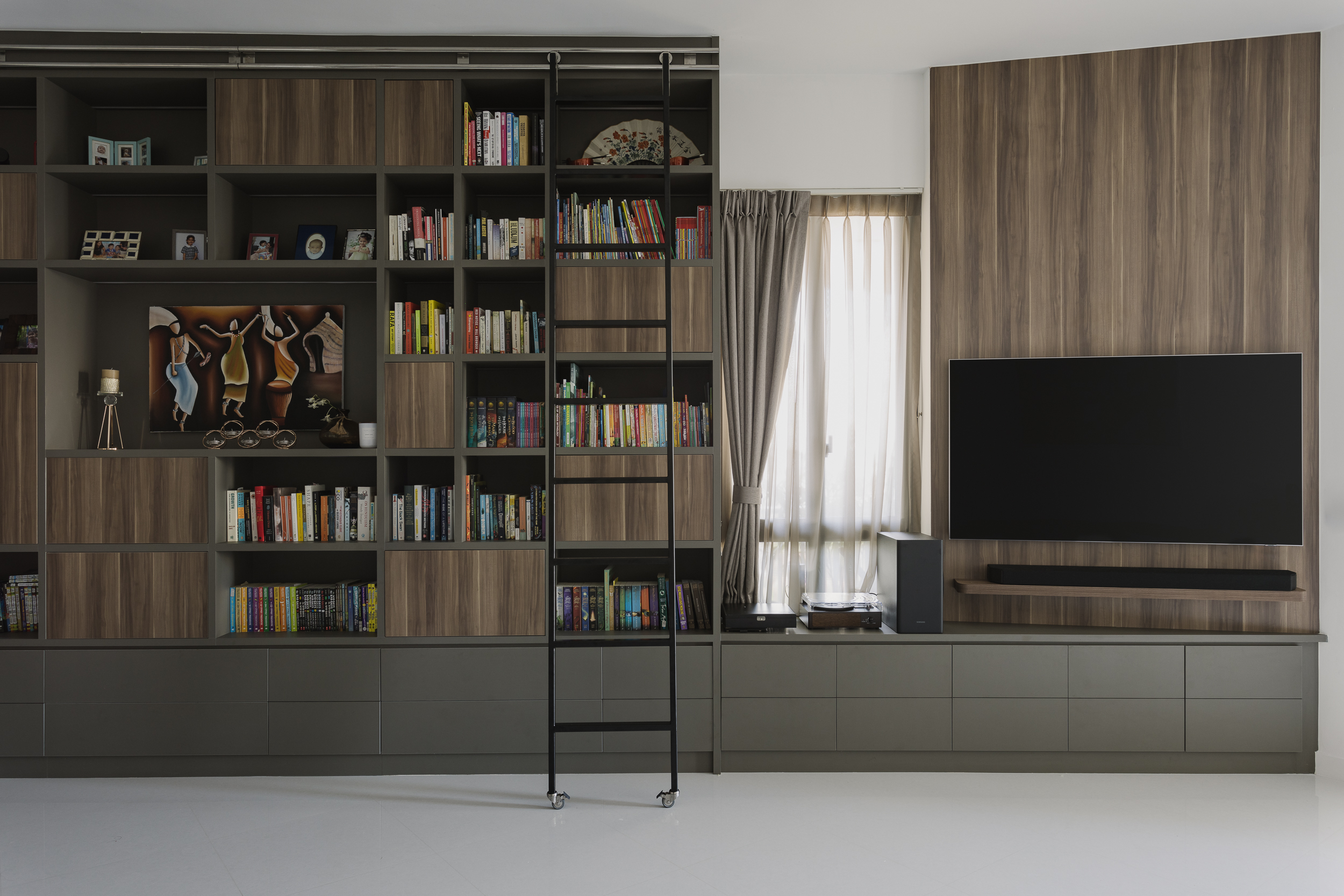
In our daily lives, we are exposed to various environments, people, media, information, etc., much more than 10-20 years ago. When everything becomes too overwhelming, it can take a toll on our mental health. Mental and physical health are important factors contributing to our overall health. For example, Depression could heighten the risk to many types of physical health problems, particularly chronic illnesses like diabetes, heart disease, and stroke. Similarly, the presence of chronic conditions can increase the risk of mental illness.
In current times, we are seeing an increasing amount of people finding ways to improve their mental health and looking for sanctuaries, or wanting to build their own sanctuary. Home is often the first place people think of when they talk about sanctuary or a place to unwind from the bustling world. On average, the urban population spends around 90% of their time indoors. With so much time spent indoors, it’s important to consider how your interior design could improve your mental health.
Designing with Light
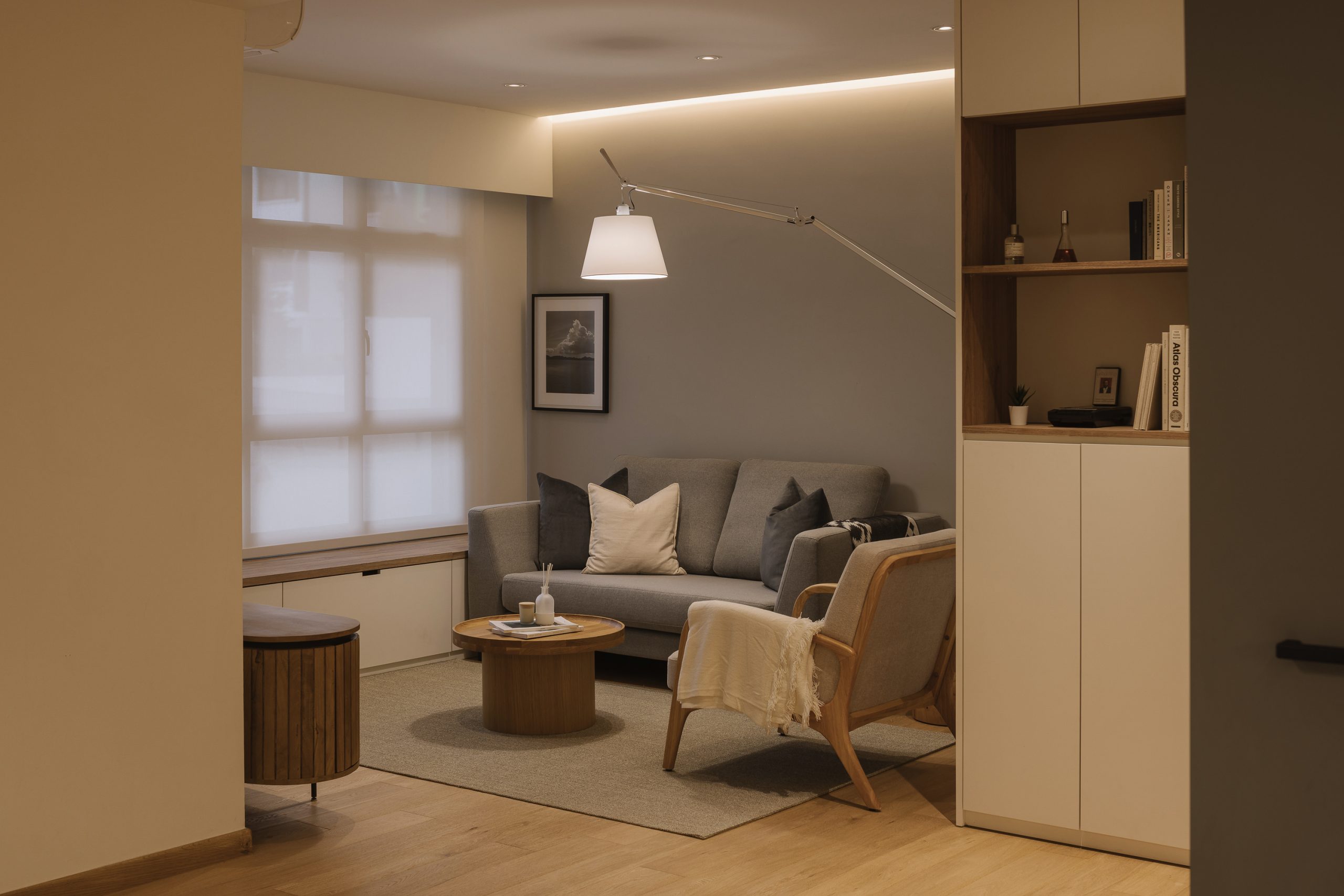
Light plays a major role in our physical and mental health, we react differently depending on our light environment. Nowadays, many professionals are working from home. If you have a home office, a room that has access to sunlight and optimal lighting can set the tone for your day, and be beneficial for your health and performance.
Based on a study by Cornell University, employees with access to sunlight experienced an 84% drop in health issues such as headaches, eyestrain, and blurred vision. Moderate sunlight exposure helps you focus better, liven your mood, boosts your serotonin levels and provides you with your daily Vitamin D intake.
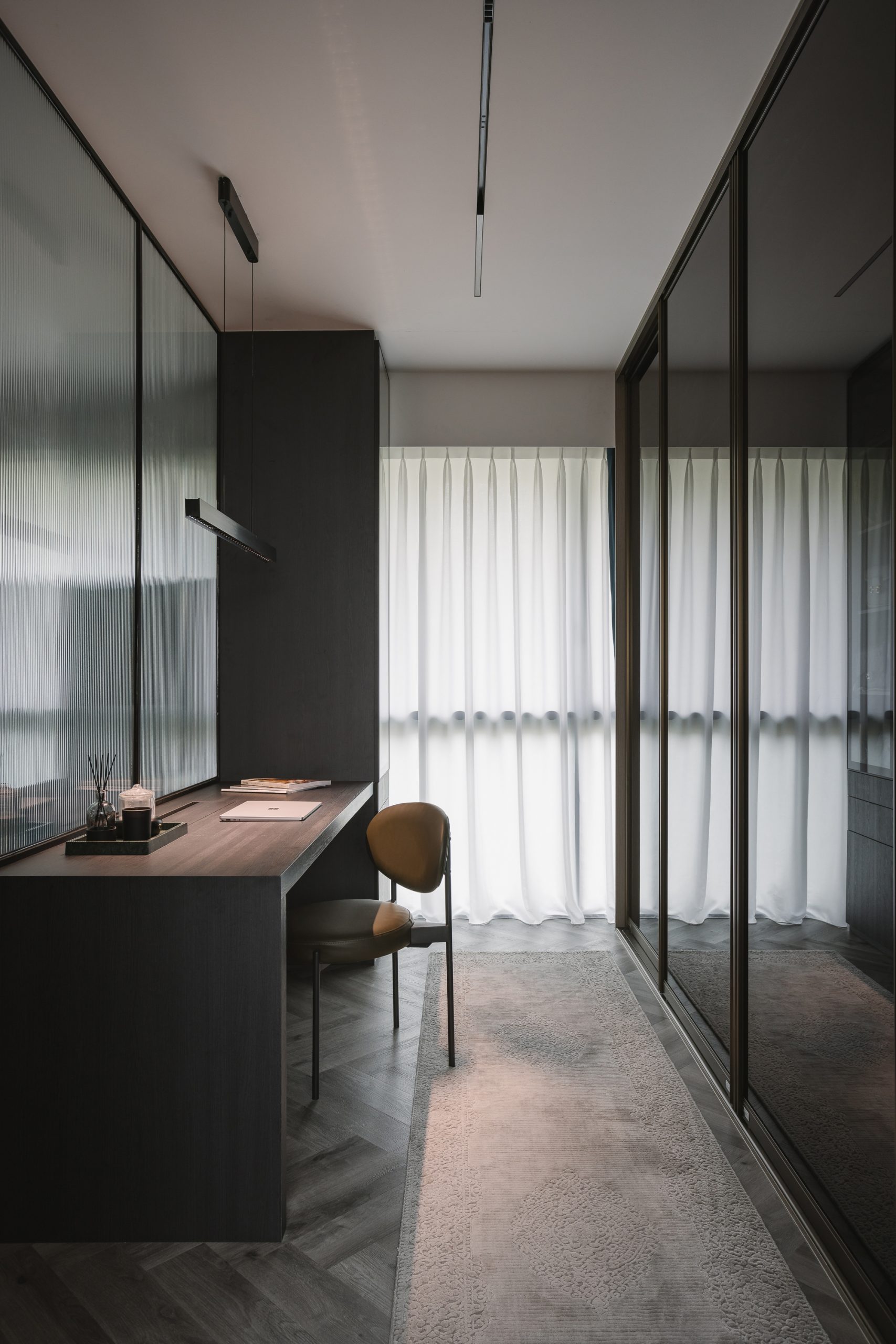
However, we understand not every space has access to natural light. Hence designing a space with optimal lighting is fundamental. Different lighting temperatures could evoke different outcomes. Cooler lighting (4600K and above) helps one to reduce fatigue and improves productivity and alertness, which is good for spaces that you’ll brainstorm at, e.g. your home office or study room. Warmer lighting (up to 3000K) tends to evoke a sense of comfort, calmness and relaxation. It is good for spaces like the living room, bedroom or dining room. Mid-range lighting (3100 – 4500K) is welcoming but still cool enough to promote alertness. You may consider using them for the kitchen or bathroom where it’s cool enough to remain functional and warm enough to feel inviting.
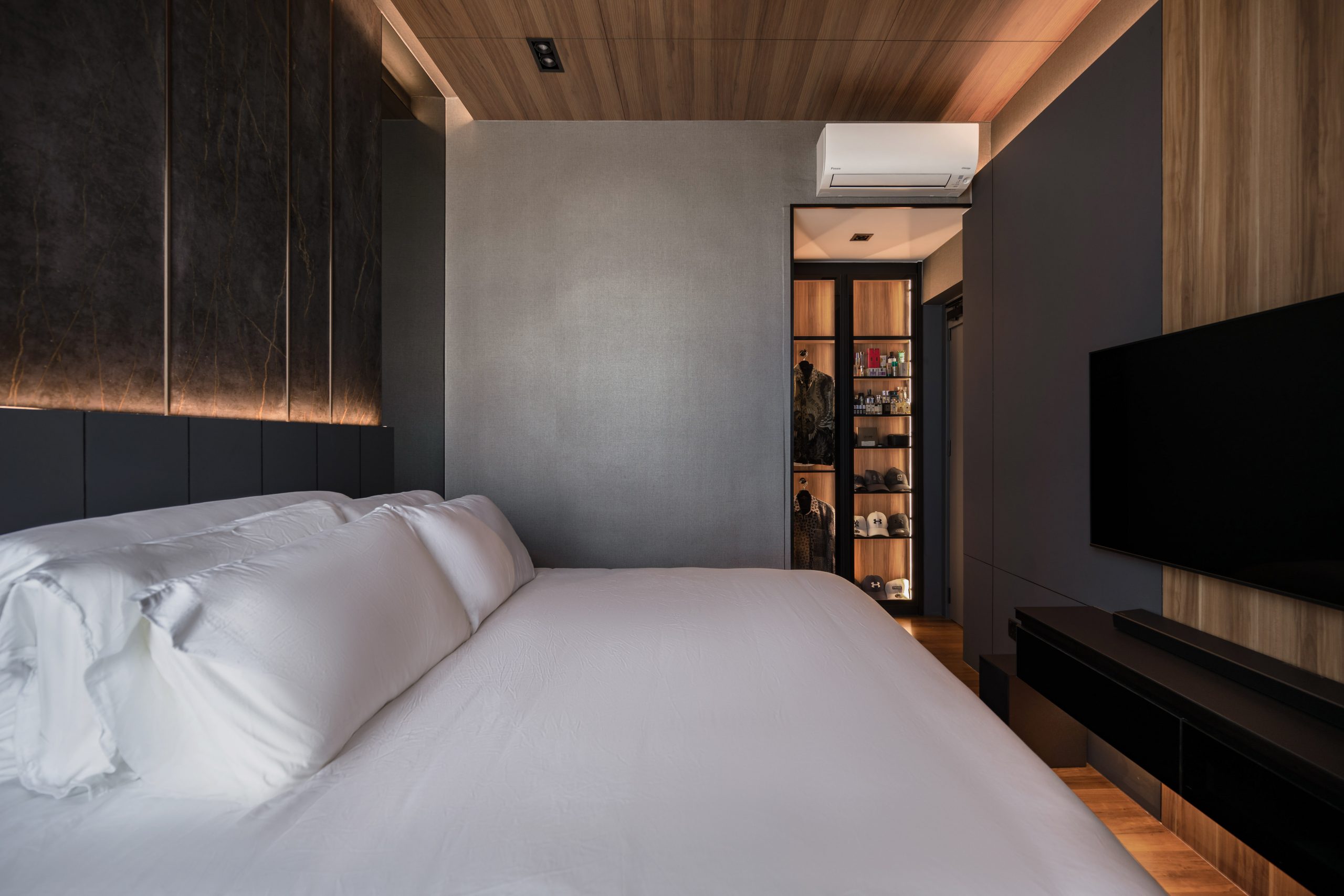
You will definitely still have to take into consideration other factors like your carpentry, wall colour and flooring, as they will affect the overall temperature of your space. Another alternative you may also consider is installing LED Smart Bulbs that allow you to change light temperature using an app to get the optimal lighting you want.
Clutter and Spaciousness
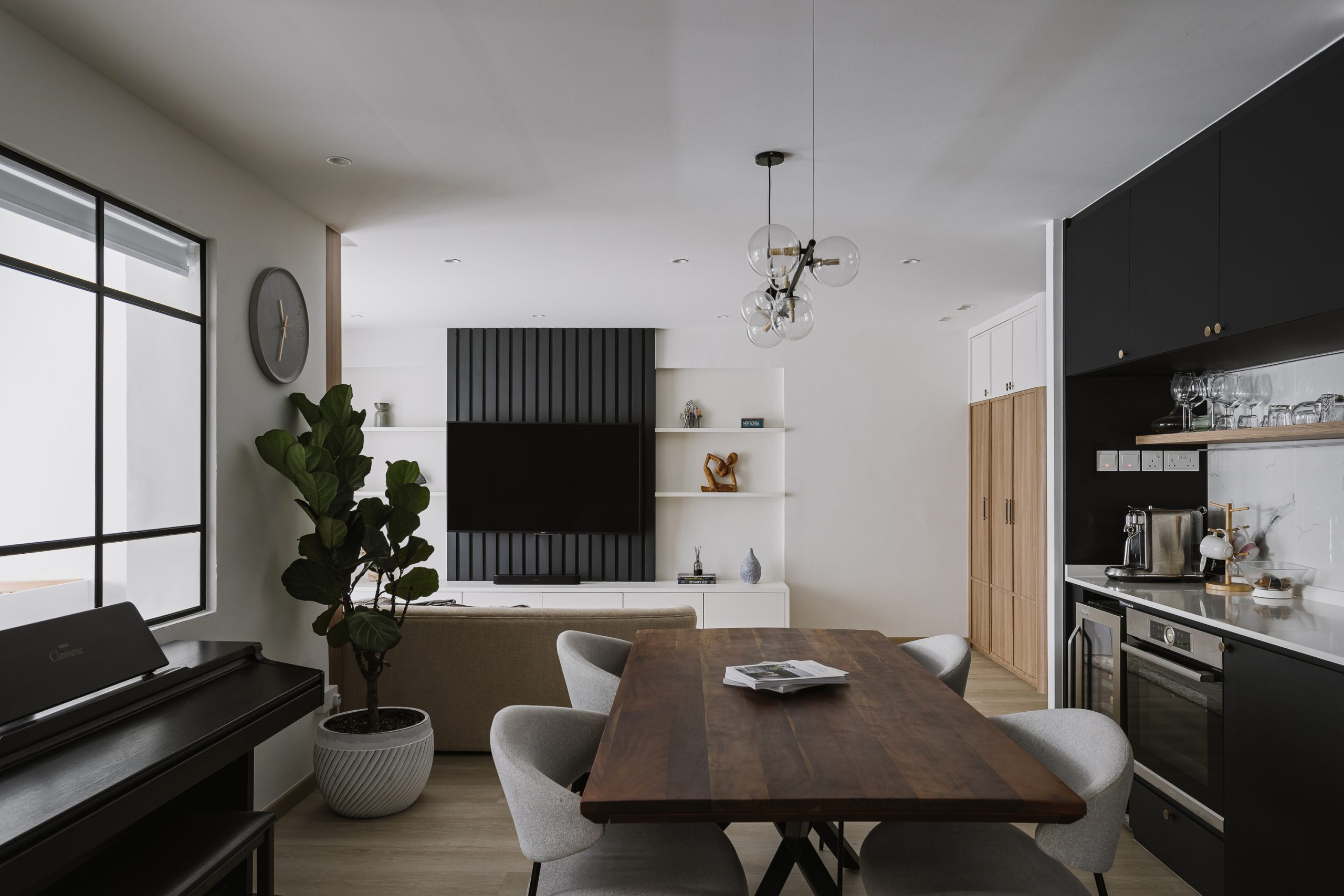
Most of us probably have heard of the famous Konmari method from its founder Marie Kondo; introducing to the world a way of mindful tidying by asking ourselves whether an item brings us joy. A well-designed space can definitely help with the clutter and create a sense of spaciousness. However, no matter how much storage you create, if you are too attached to your belongings and keep hoarding them, your home will just become a cluttered space again.
“Clutter is an overabundance of possessions that collectively create chaotic and disorderly living spaces.” said Joseph Ferrari, a professor of psychology at DePaul University in Chicago who studies the causes of clutter and its impact on emotional well-being. Messy and cluttered spaces can also affect our anxiety levels, ability to focus and quality of sleep.
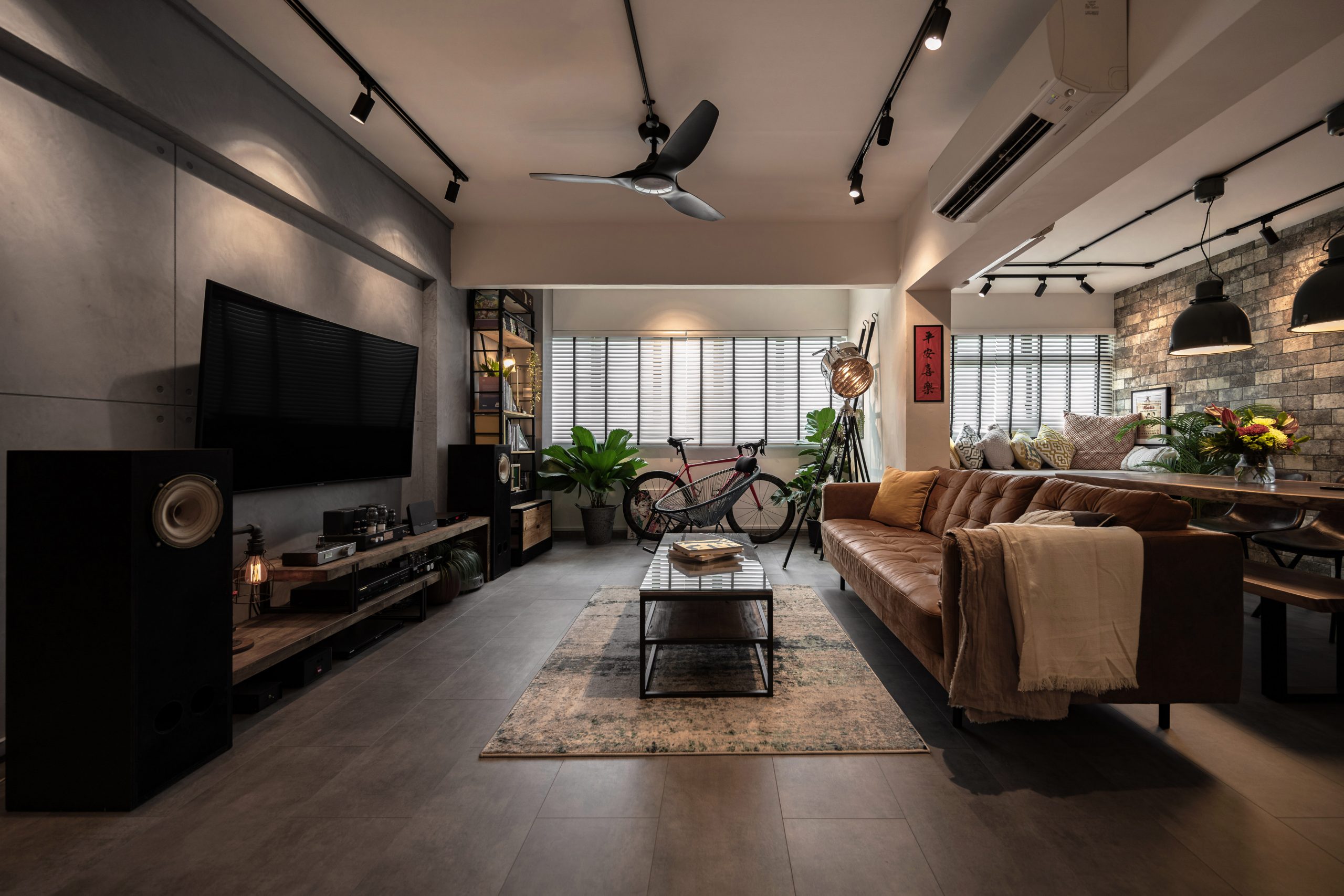
To start, toss away your procrastination to declutter and if you’re too attached to your possessions, you can find a loved one, family member or close friend to declutter with you. Just like what Marie Kondo said, ask yourself if that item brings you joy, if you still need it, and what the chances are of you using it again. Through this process of mindful decluttering, you let go of things that have been piling up, and when spaces are easier to navigate, it also reduces anxiety and feelings of being overwhelmed.
Balance and Cohesiveness
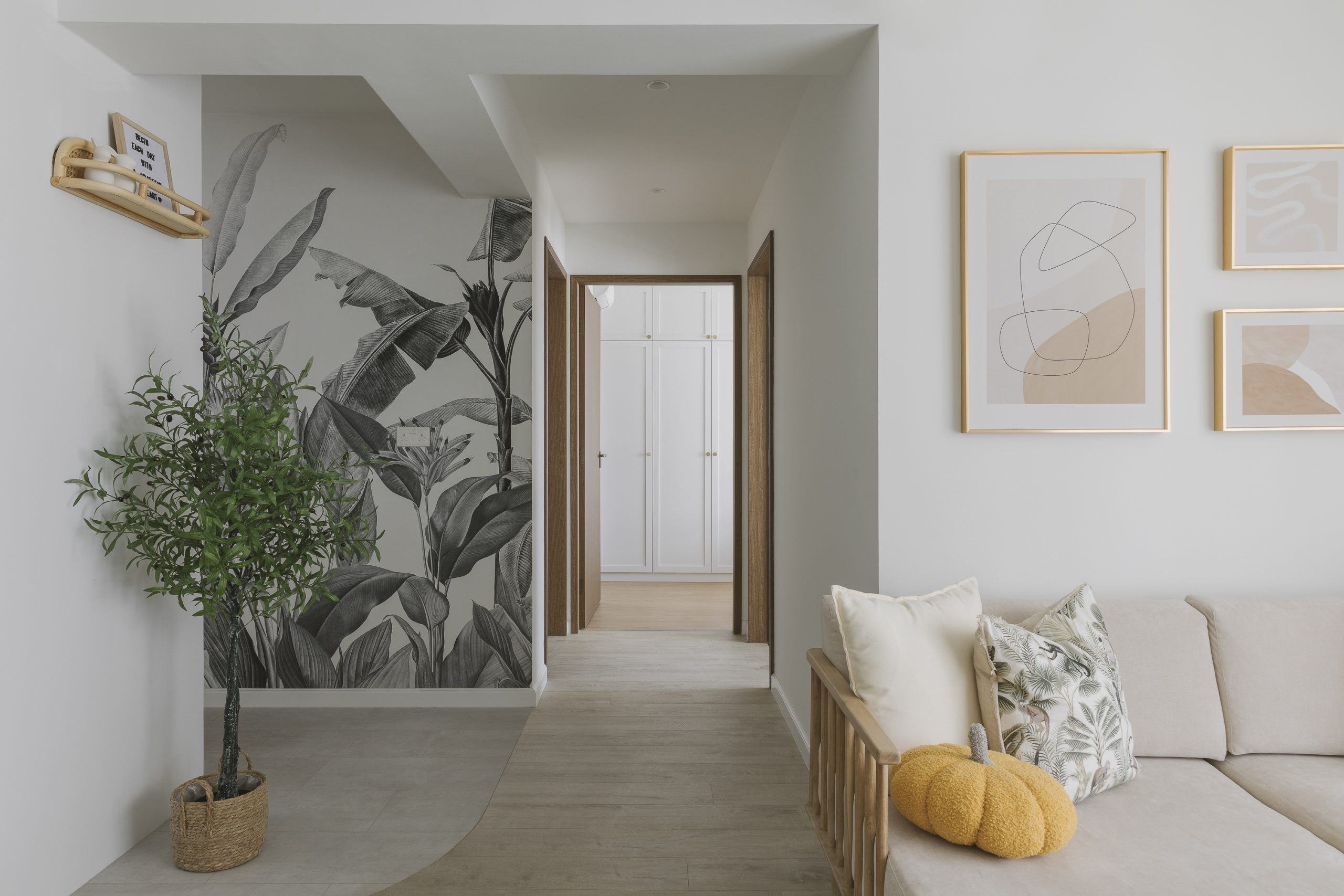
Stepping into a space that feels balanced, looks cohesive and smells good can calm your mind and soothe your emotions. For example, when you step into a spa, that sense of calm and peacefulness you get from the experience, takes your mind off the stressful and loathsome things in life. Similarly, creating a space that is uniform and harmonious makes it easier for our brains to categorise those repeated details and similarities compared to when none of the design elements fit together.
We’ve all seen places or spaces that make our eyes hurt when we look at them; that lack of cohesion in the space makes us repel or ick at the sight of it. However, do keep in mind that balance is different from symmetry. Symmetry is based on the proportion and mirroring of a form, whereas balance looks at the harmonious assembly of various components in the space.
Colour Psychology
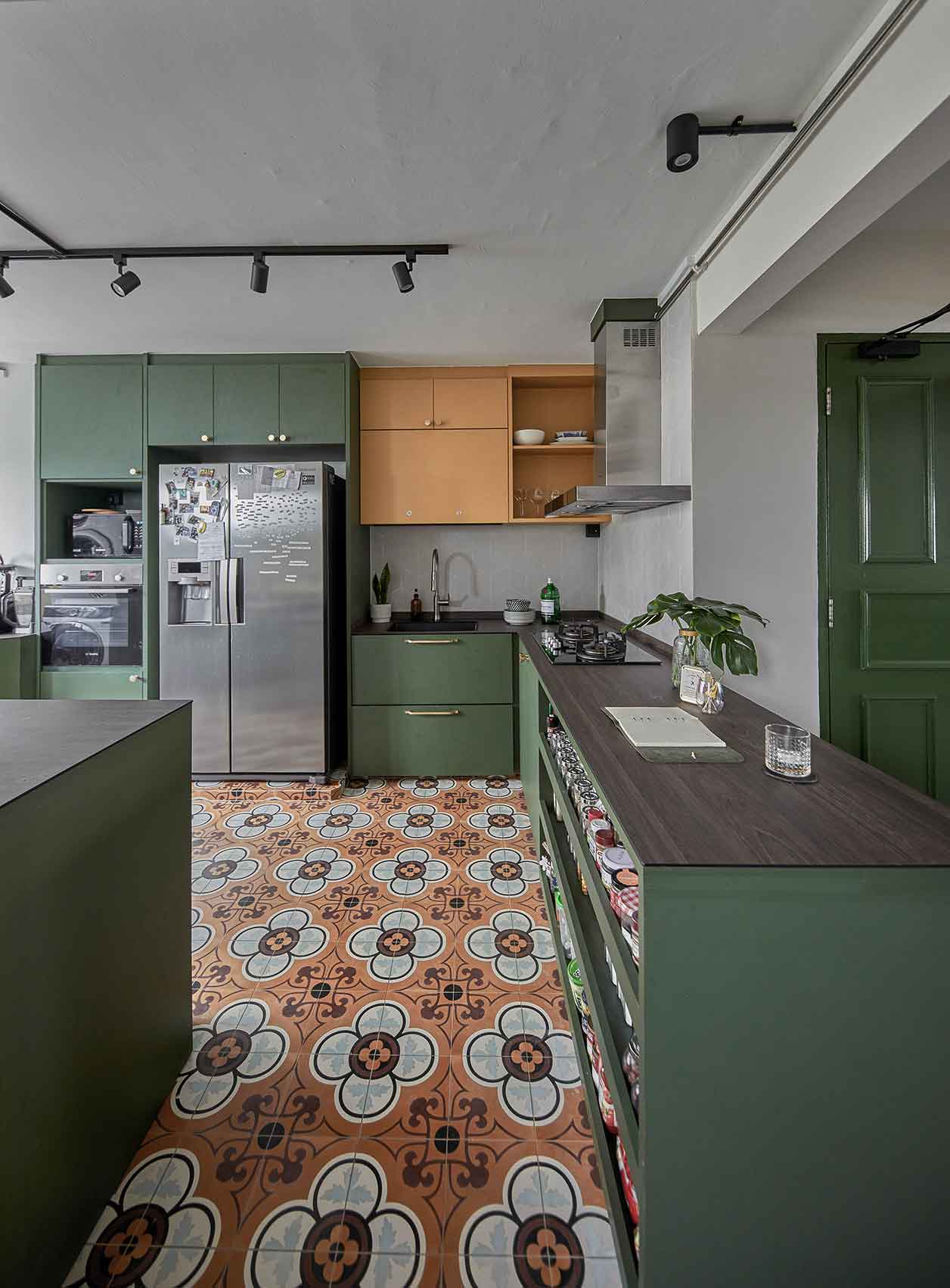
Colour is present in our daily lives, not only do we feel its physical presence, but it also affects us emotionally as well; our desires, perspectives, feelings, etc. The medical industry has also used colour as a form of therapy. Colour therapy, also known as chromotherapy, is a treatment where colour and coloured lights are used to help treat mental or physical health. Records show that this treatment has a long history that dates back to the ancient Egypt, Greece, India and China.
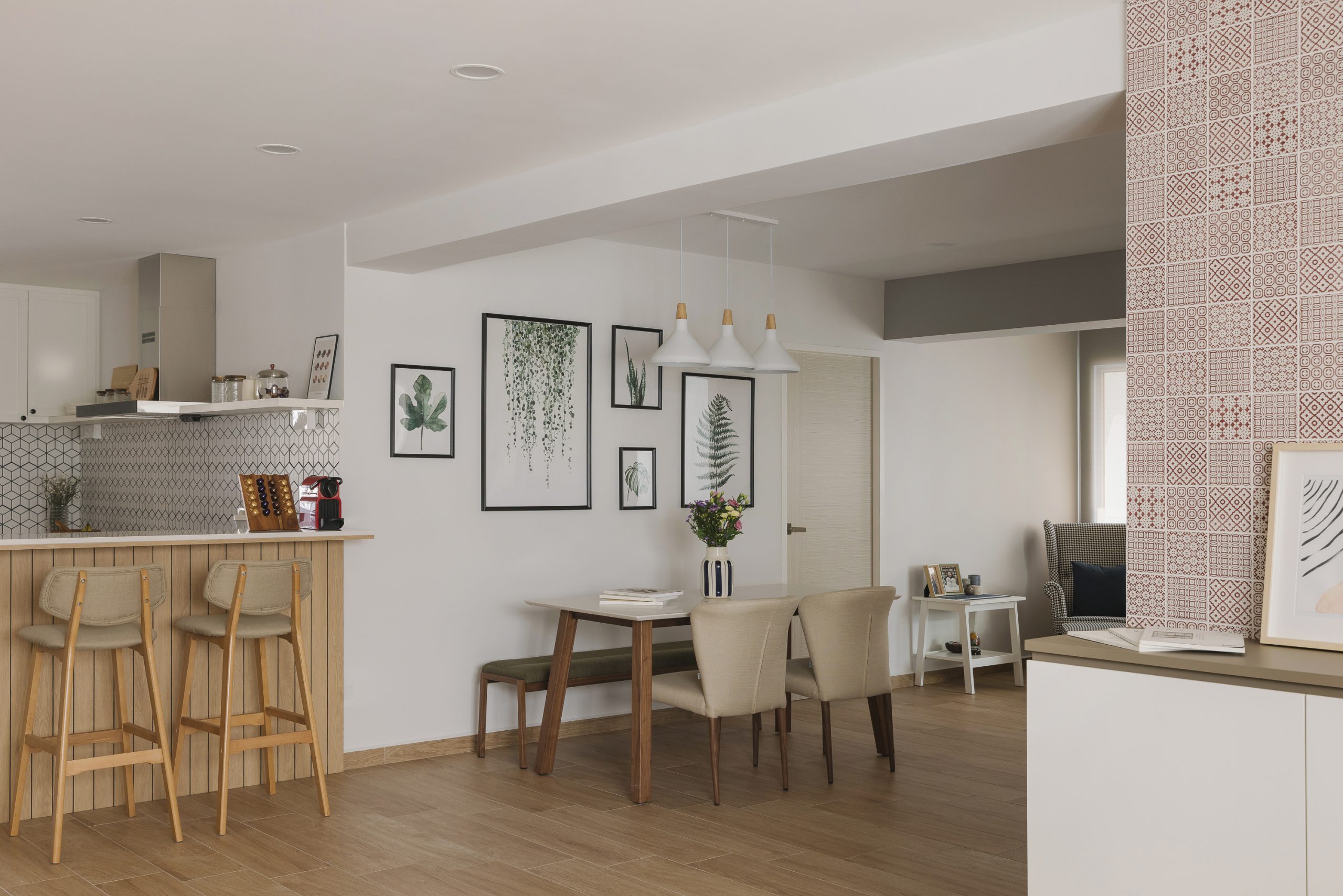
The significance of colour seems to be deeply rooted into our lives, and each colour’s brightness and saturation can evoke certain emotional response in us. Red can make us feel energized, yellow helps to boosts your mood, blue can treat depression and pain, and green promotes growth and renewal. Spaces like living room, entryway or dining room can pair well with red, yellow or orange, to induce a warm and welcoming feeling for a social setting. Green, blue or shades of white goes well with bedroom or workspace to make you feel calmer and rejuvenated. Adding plants to your space is also another way to add green to your home. Having houseplants and flowers in your home can reduce the likelihood of depression and increase positive feelings.
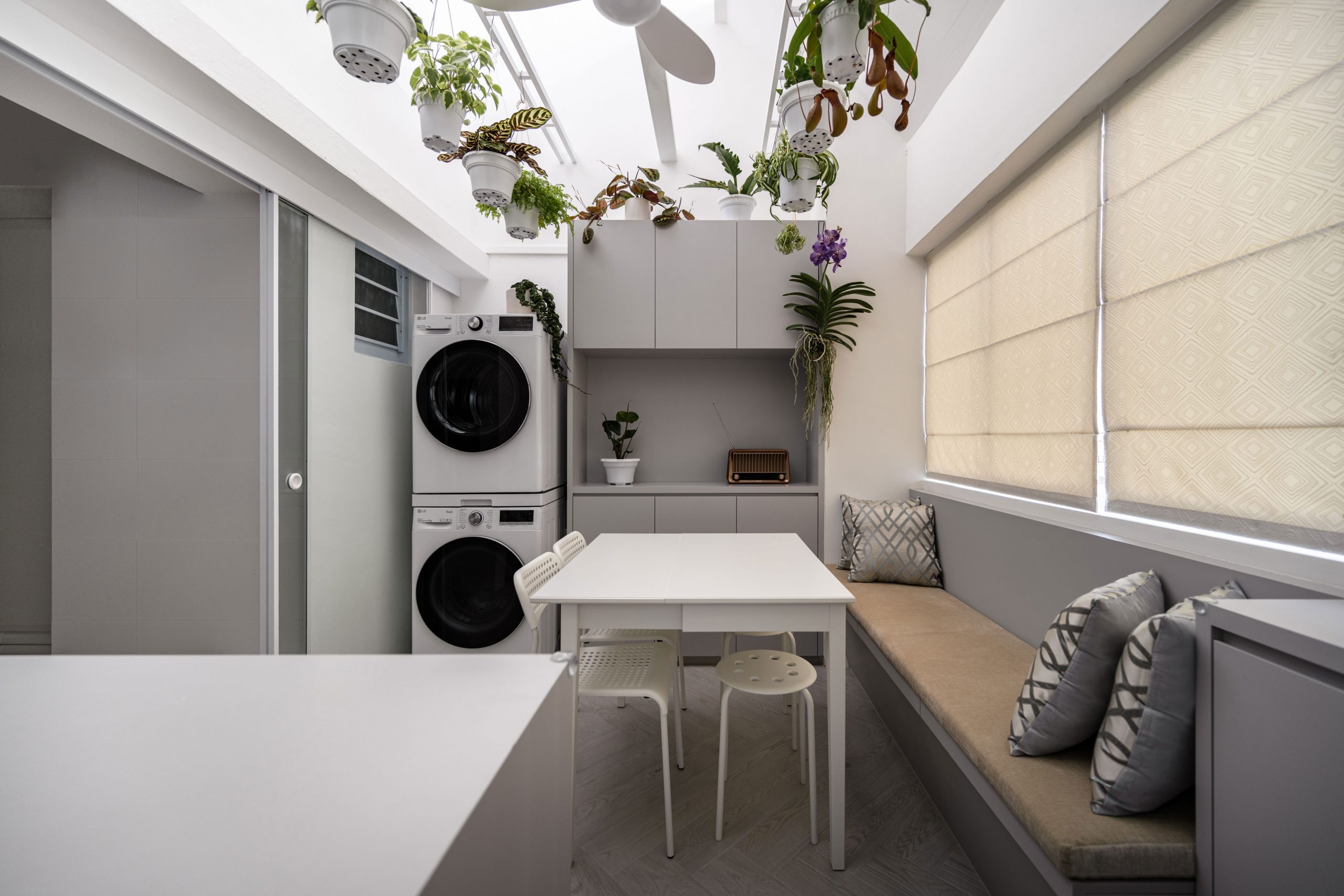
Pairing various highly saturated colours can be great for creating an energising effect. However, bathing in this space for long period of time could be overpowering, leading to anxiety, stress and visual fatigue. It’s important to look into how you would like to feel in each space, and find the colour that you best associate with.
Creativity Boost
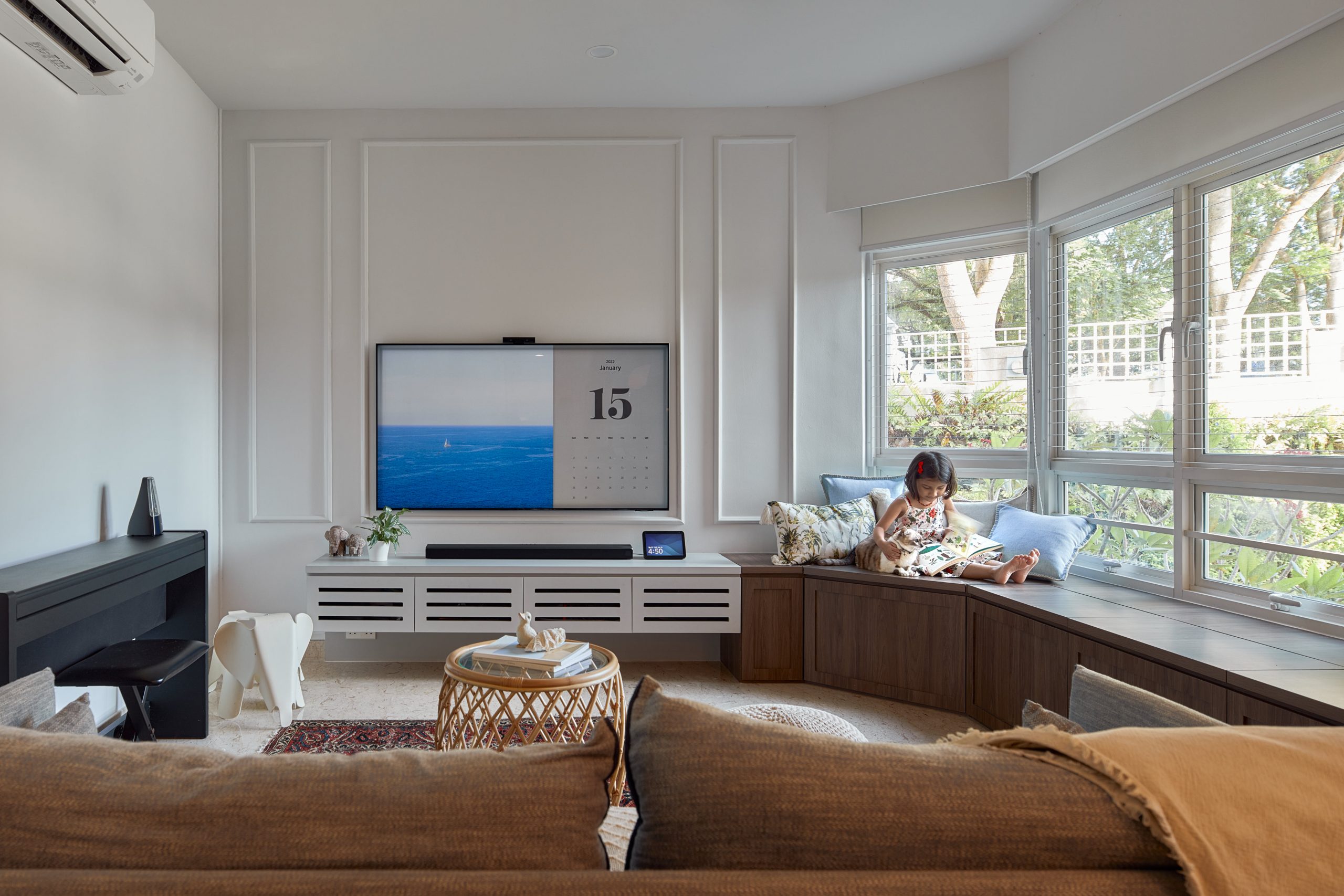
Creative ideas sometimes come to us during the most random times, like when we’re showering, taking a dump, washing the dishes, etc. It’s during these moments where we are not trying to solve an issue or consume information that we allow our brains to drift off mindlessly. Embrace these mindless wander and put more thought in designing these parts of your home; for example, having a spacious and cozy bathroom, sink with a window view, having a bay window or an allocated resting nook.
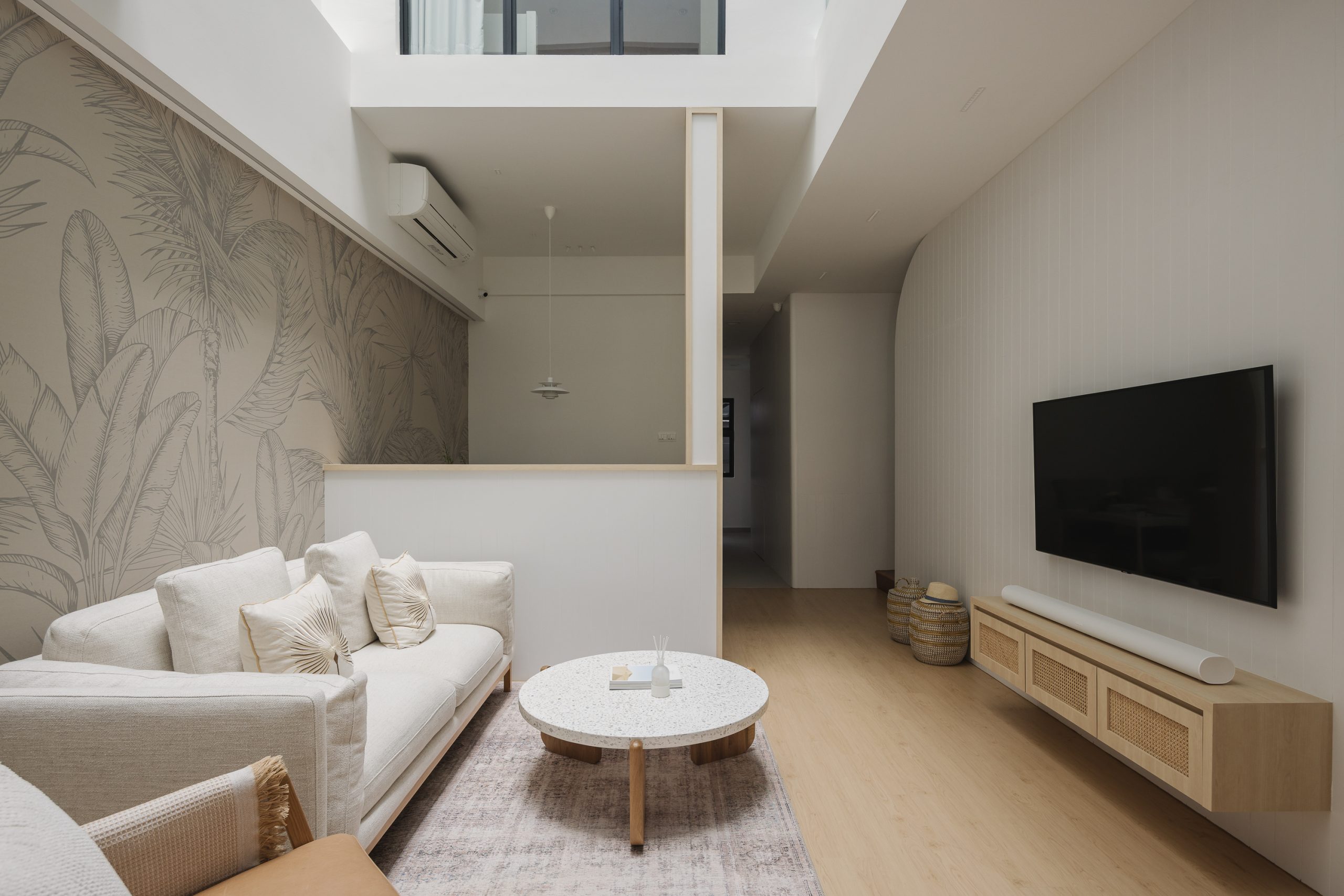
Studies have also shown that spaces with higher ceilings promote creativity and boost one’s mood. If you don’t have a space that has high ceiling, there are other ways to promote creativity too. Having an open and spacious space cultivates an open mind, and displaying creative artworks or collectibles could spark inspirations.
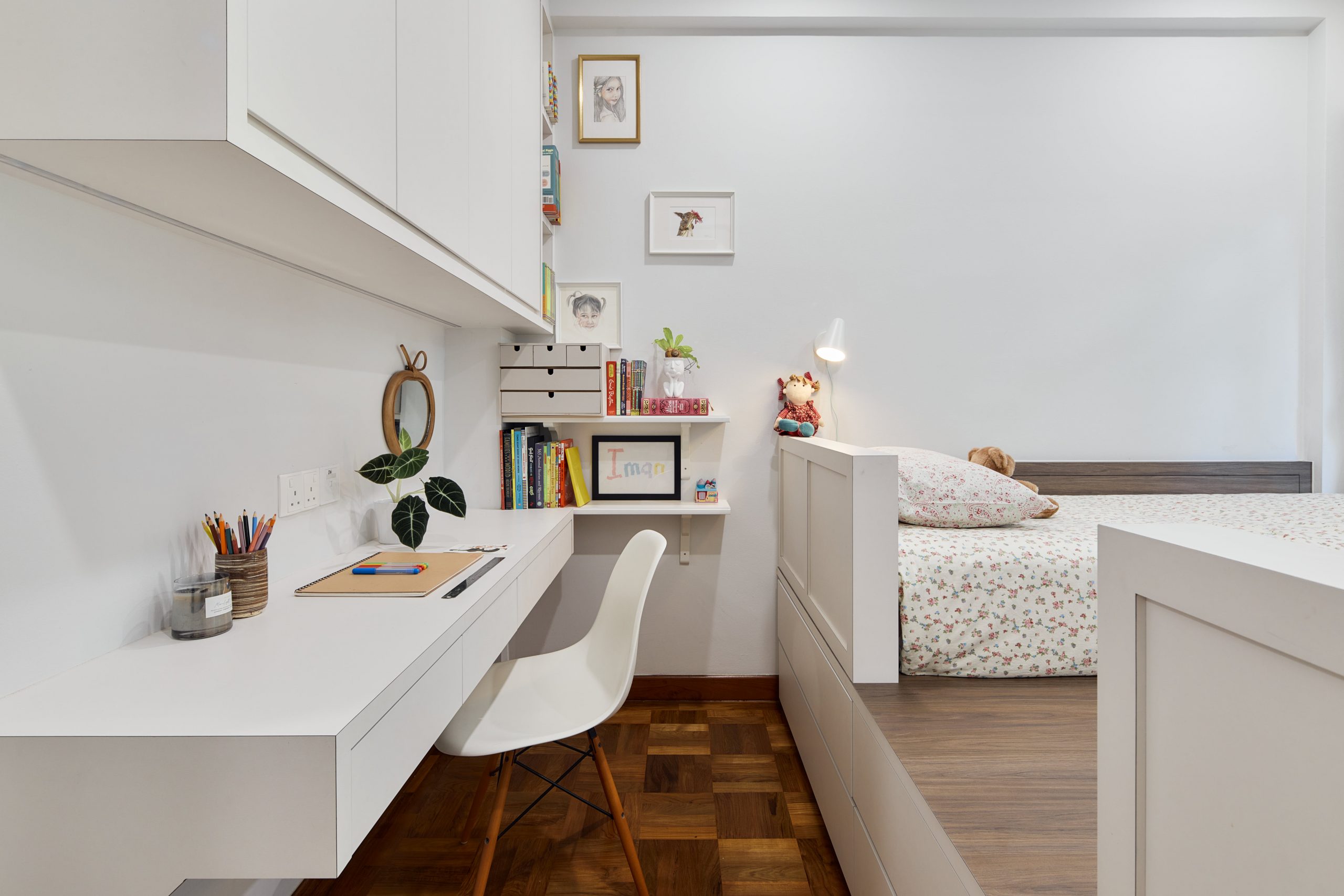
If you have kids, and would like to encourage them to think creatively, it’s great to dedicate a space where you don’t mind dirtying and have fun. Creating a space that allows for mistakes, experimentation and exploration gives your kid that freedom to be wild and hence boost creative thinking. This applies to adults as well, not only kids. Allow yourself to explore, play and let your mind roam, you won’t know where your mind would take you, and you might just come up with the next genius idea.
Cultivating a healthy mental state is a long constant process. However starting little by little, from your environment to the media that you consume and the relationships in your life, as you get to know yourself better every day, you can build an environment that suits you the most.
CONSULT OUR DESIGNER
- 11 April 2025 TIPS & GUIDES
Wet and Dry Kitchens in Singapore Homes: What Are They And Do You Need Both?
- 8 April 2025 TIPS & GUIDES
How to Mix Scandinavian & Asian Elements for a Unique Look
- 8 April 2025 TIPS & GUIDES
The Golden Ratio in Interior Design: Balance Your Singapore Home
- 8 April 2025 TIPS & GUIDES
Transform Your HDB with Modern Luxury Interior Design
- 8 April 2025 TIPS & GUIDES
How to Blend Traditional Elegance with Modern Luxury Design
- 28 March 2025 TIPS & GUIDES
Biophilic Interior Design: Beyond The Aesthetics






 BACK TO BLOG
BACK TO BLOG